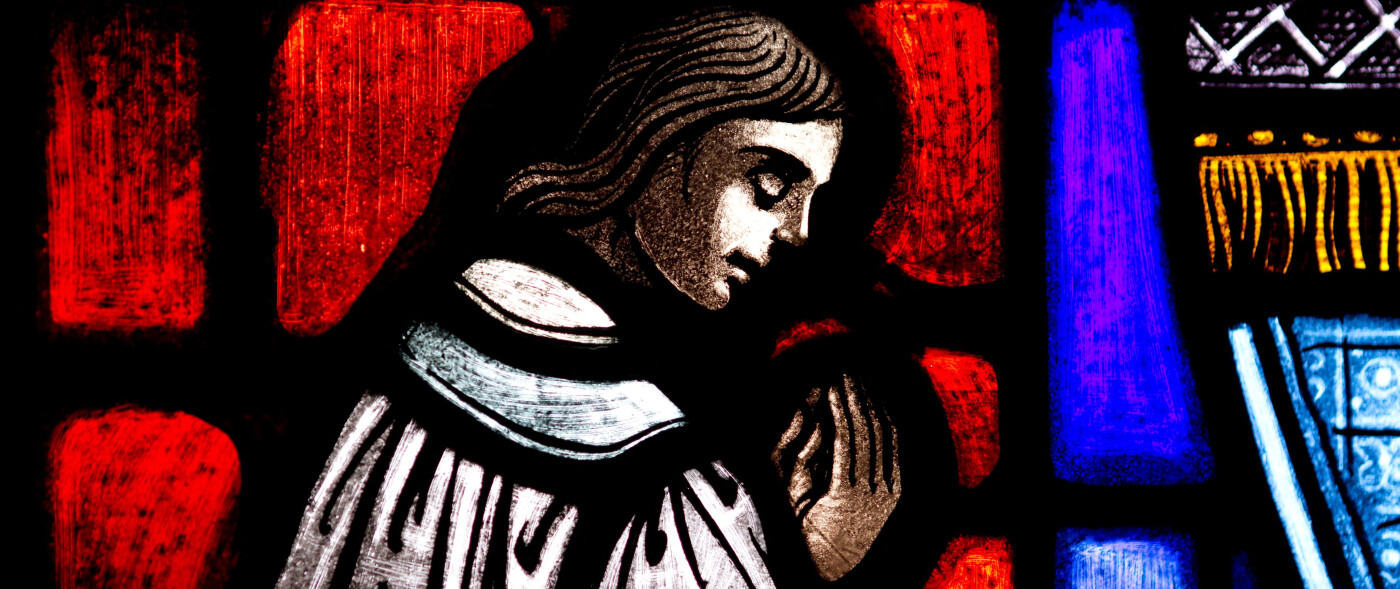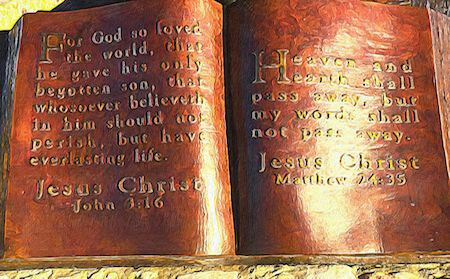Getting Ready for Sunday: The Rev. Matthew Olver

The season of Epiphany in the three-year lectionary that came to the Church after the Second Vatican Council—and to American Anglicans in the 1979 Prayer Book’s lectionary—reorders the lessons during this season. After the Epiphany and the Baptism of Jesus, we are taken through various mini-revelations, little disclosures of who Jesus is. But these disclosure happen in a particular way. The revelation is now about the things that Jesus can do—he can heal people!—but who Jesus is, the very nature of Jesus. But all of these revelations come by way of actions. The “signs” in the first part of St. John’s Gospel disclose the identity of the Son of Mary to be concomitantly the eternal Son of God come by way of what Jesus does.
Part of the lectionary’s reconfiguration was to bring Epiphanytide to conclusion with a commemoration of the Transfiguration. Since the ninth century, the Transfiguration was celebrated on August 6. The downside of this timing was that outside of priests and those in religious life, its celebration was not experienced by the laity a great deal. For the Orthodox, the feast falls during the time of fasting in preparation for the feast of the Dormition, the feast that in the West (under the title of the Assumption of the Blessed Virgin) celebrates the glorious mystery that Mary is the first creature to share in the fullness of the fruit of Christ’s Paschal Victory. “O God, you have taken to yourself the blessed Virgin Mary,” the collect of our own Prayer Book begins. “Grant that we, who have been redeemed by his blood, may share with her the glory of your eternal kingdom.” It is not accident that in anticipation of the “arc of flame known as grace” (to use Romano Guardini’s lovely turn) in the life of Mary, which stands as a vision of anticipatory hope for all Christians in the glory of the heavenly kingdom, we should contemplate the even greater glory that constitutes the Incarnate Son of God.
On the holy Mount, a sign is given. But it is not because Jesus does anything. Instead, the infinite damn that protected creation from being overwhelmed by the presence of its Creator developed a small crack. St. Peter tells us in our epistle that he was an eyewitness, not to the action, but an “eyewitness of the majesty.” And what seeped out was nothing else but the “mystery hidden for ages and generations but now made manifest to his saints” (Col 1:26): the Savior of the World has come. To mash together C.S. Lewis and Milan Kundera, on the holy Mount of Tabor, Peter and John behold the “Unbearable Glory of Being.”
The particular revelation of Israel’s Messiah as the self-same Savior of the Gentiles in the visitation of the Magi is further explicated, first at the Baptism of Jesus at the beginning of his ministry and then near the end on the Mount of Transfiguration. In both events, we are given a revelation of the mystery of the Holy Trinity. We are shown that what is revealed to us is nothing short of the fullness of God “in the face of Jesus Christ” (2 Cor 4:6). At the baptism, the Father speaks the audible word about his visible Son, the living Word, which is confirmed by a theophany of the Holy Spirit in the form of a dove. On the Holy Hill of Zion, the divinely constructed damn (for what can look upon God and not by destroyed by the Consuming Fire?) is made slightly less opaque. The tiniest measure of Majestic Glory trickles out and slams the disciples to the ground. The Father speaks again a word of revelation. And wrapping the disciples round—binding them to the invisible Father disclosed in Christ Jesus—is the Holy Spirit’s cloud, that cloud that led Israel out of Egypt.
It is no accident that Moses stands there with Jesus in this transfiguration scene:
Moses said to God, ‘Who am I that I should go to Pharaoh, and bring the Israelites out of Egypt?’ The Lord said, ‘I will be with you; and this shall be the sign for you that it is I who sent you: when you have brought the people out of Egypt, you shall worship God on this mountain’ (Ex 3:11-12).
Israel was liberated so that they might worship the Lord and thus be a light to the nations. The veil is pulled back for us that we too might worship “with reverence and awe,” this God who is a “consuming fire” (Heb 12:29). St. Paul explains that the wisdom of God, “secret and hidden” was “decreed before the ages” for one purpose: “for our glory” (1 Cor 2:7).
The glory revealed was on the Mountain of the Lord is a piece of the revelation of the Son of God, whose purpose is our salvation. This is God’s work of transformation, so that we can changed in order to share in His glory. To truly see Him as he is, we must be changed and made like Him (I John 3:1-3). Offer your weakness and your failures along with your bread and wine this Sunday and share in the glory of the eternal Son.
The Rev.
Matthew S. C. Olver is Assistant Professor of Liturgics and Pastoral Theology, Nashotah House Theological Seminary



